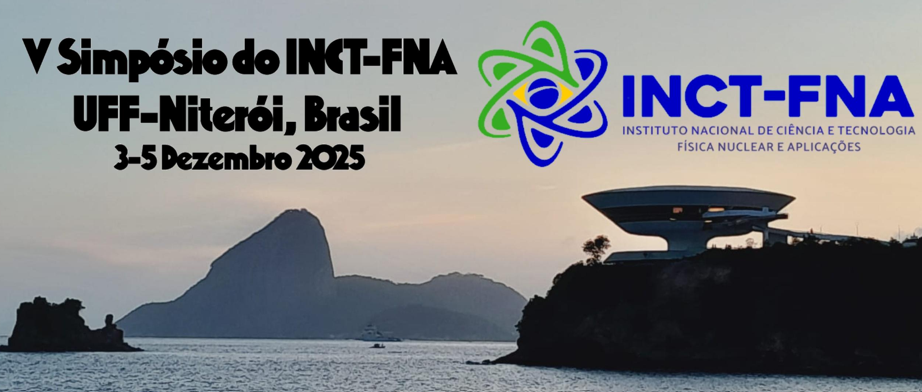O Instituto Nacional de Ciências e Tecnológia - Física Nuclear e Aplicações (INCT-FNA) realizará a 5ª edição do seu Simpósio INCT-FNA, entre os dias de 3 e 5 de Dezembro de 2025 na sua instituição sede, a Universidade Federal Fluminense (Niterói-RJ).
O principal objetivo desta edição é promover a colaboração dos membros associados ao INCT-FNA. O encontro reunirá especialistas da teoria e da experimentação para discutir tópicos relevantes da física nuclear e suas aplicações. O encontro inclui sessões plenárias, conferências orais e pôsteres nas 3 principais áreas do INCT-FNA: altas energias, baixas energias e aplicações.
Palestrantes
- Kita Macario (UFF)
- Gabriel Osés (USP)
- Julian Shorto (IPEN)
- Roberto Linares (UFF)
- Jeannie Rangel (UERJ)
- Leandro Gasques (USP)
- Odilon Lourenço (ITA)
- Gastão Krein (IFT-UNESP)
- Victor Gonçalves (UFPEL)
Programação disponível no link timetable
Caderno de resumos do V Simpósio do INCT-FNA DISPONÍVEL!

